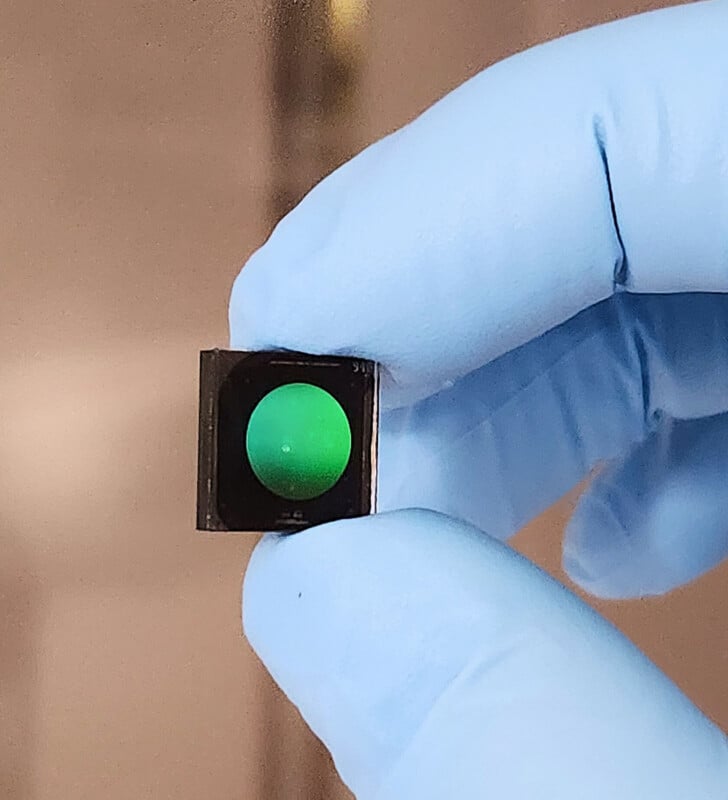2Pi Optics Reveals the World’s First Fisheye Metalens
![]()
2Pi Optics, an innovator in the burgeoning metalens space, unveiled the world’s first high-resolution fisheye sensor based on optical metalens technology.
2023 was a big year for metalenses. The aptly named Metalenz entered the open market in June, signaling the shift of metalens technology from theory and prototyping to the real world. In October, Canon announced it would begin making metalenses, further legitimizing the nascent tech. And in November, researchers developed a flat metalens that can change its focal length using polarized light.

At their core, metalenses are flat surfaces designed to replace full-size optics through novel methods of bending and controlling light in conjunction with a specialized image sensor. 2Pi’s groundbreaking technology combines a thin, flat lens with a specialized image sensor to deliver “crisp, 180-degree panoramic images.”
Compared to traditional fisheye lenses for interchangeable lens camera systems, which include many large elements, especially bulbous front optics, 2Pi’s metalens has just a single element.

“Today’s refractive fisheye lenses, which are used to capture wide-angle, panoramic images, have hit a design roadblock,” explains Dr. Juejun Hu, CEO and co-founder of 2Pi, which was spun out of MIT and founded in 2021.
“They require between six and twelve stacked lens components, which limits their compactness and affordability. Our design, in contrast, outperforms conventional refractive, wide-FOV optics in all areas: size, weight, performance, and cost. Better still, 2Pi’s metalenses can be manufactured at wafer scale in conventional semiconductor foundries.”

There are numerous potential use cases for a fisheye metalens. 2Pi specifically notes developing super-compact image sensors for AR/VR headsets, which require compact cameras for environmental mapping, hand/eye tracking, and gesture and facial recognition. Metalenses can also be used to further miniaturize cameras in driver-assistance systems on vehicles, unmanned aerial vehicles (UAVs), robotics, and other industrial applications. A fisheye metalens could also be beneficial for making action cameras or specialized sports cameras extremely small.
2Pi will be showing off its latest metalens technology at CES next week, and PetaPixel plans to get a hands-on demo during the show. 2024 could be a big year for metalenses as the technology inches closer to being featured in consumer devices.
Image credits: 2Pi Optics